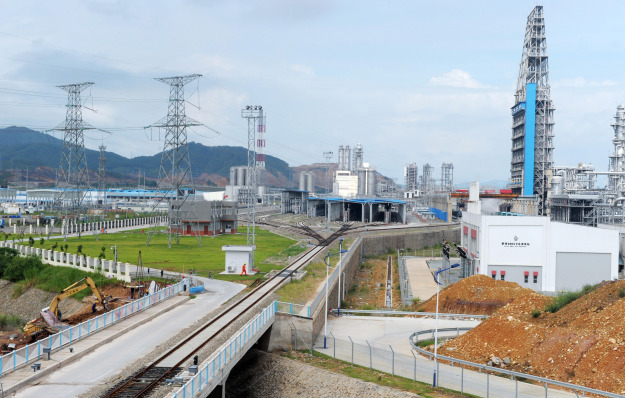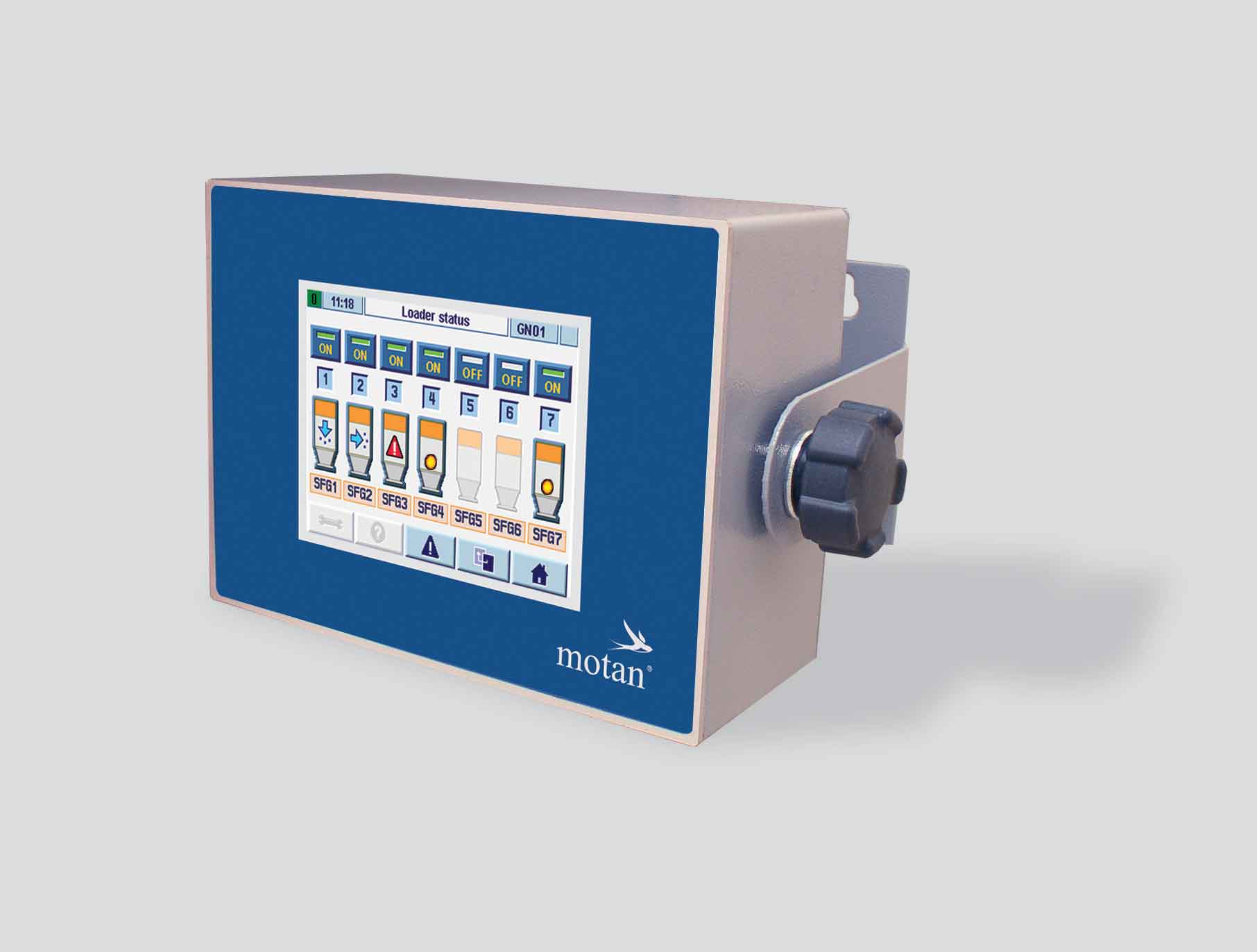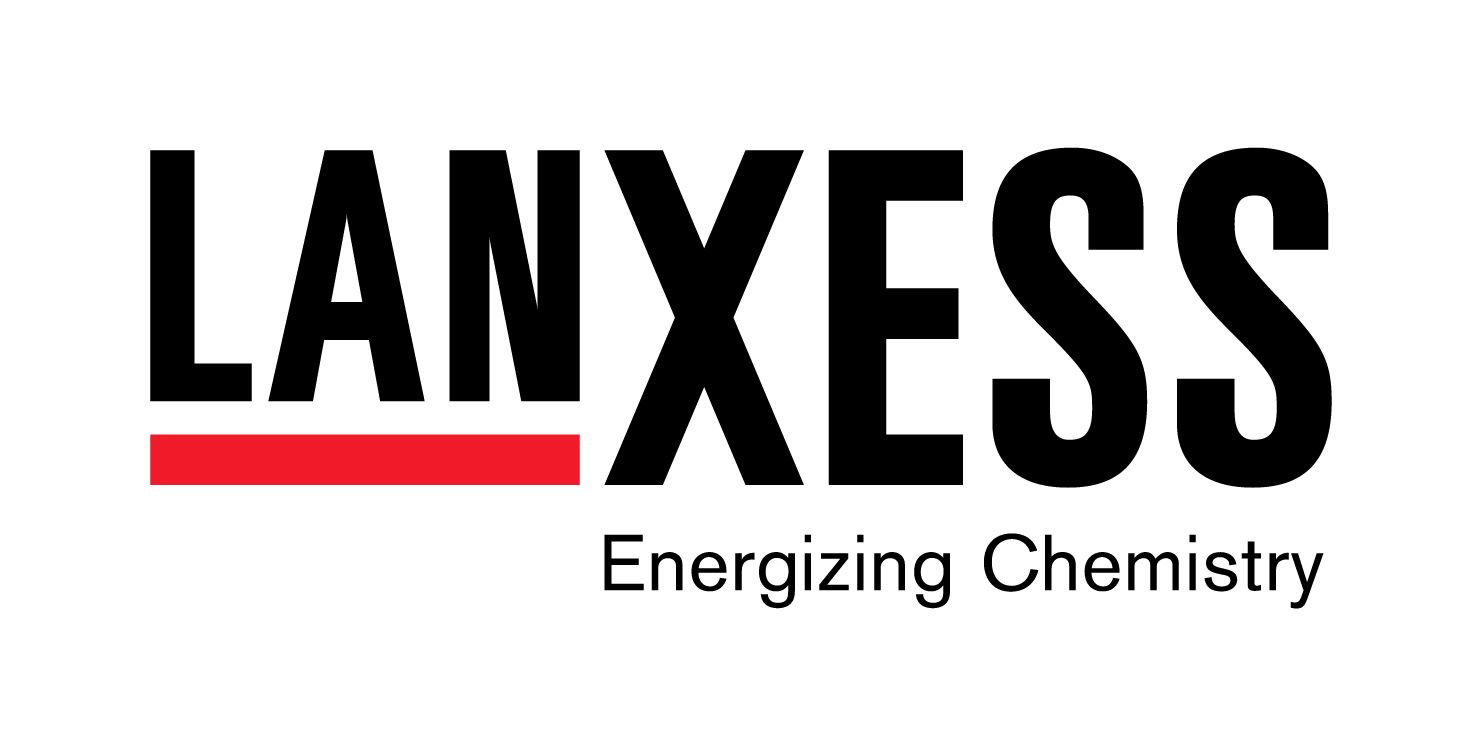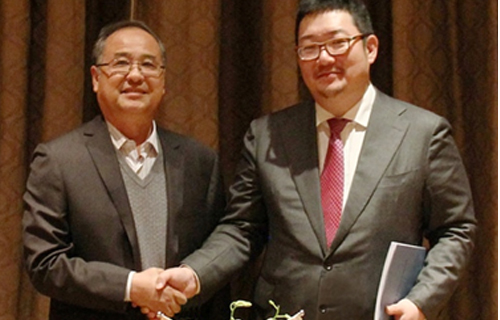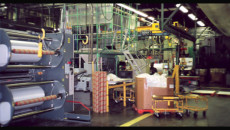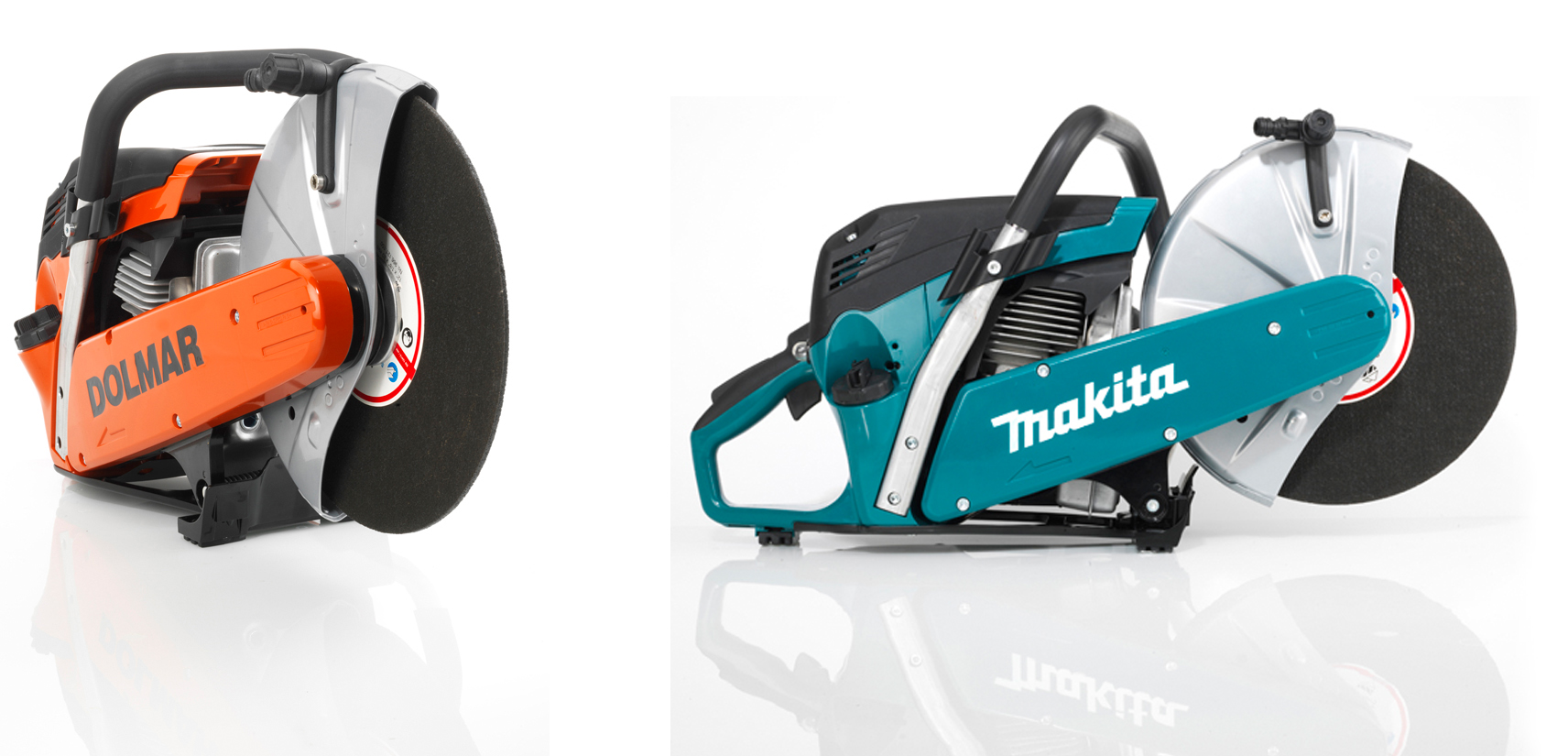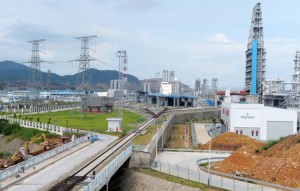
The wind energy industry is continuing to expand worldwide with the industry ebbing and flowing as global governments decide policy on supporting renewable power and then reconsider the economics, causing delays in financing major projects, reports Applied Market Information (AMI). The industry is caught in the financial tide but is growing with offshore and new countries coming into the marketplace. The US wind energy industry will be helped by the renewal of the Production Tax Credit in 2013. The manufacturers of wind turbines are constantly looking at new regions and types of turbine to keep their market share.
One of the big issues for wind energy in cold climates is the level of ice that can build up on blades and prevent the rotor from turning. Various solutions have been proposed and there is a large market for energy production if the problem can be resolved. Climate has been known to cause erosion since the world began and this process can also occur on wind blades particularly on the leading edge. 3M has several protective products for blades including a film-based tape based on 40 years of experience in aerospace applications like helicopter blades, and a new protection coating W4600, which is said to be VOC free, fast curing and re-coatable.
This new PU-based material has been studied for liquid/rain erosion using current methods like pulsating jet erosion testing – this is an area of Standards that is under review. The top university in the world for wind energy studies is the Technical University of Denmark where the wind industry started, according to AMI. Professor Povl Bronsted has 35 years of experience in wind composites. One of the most important parts in composites is the interface between fiber and resin particularly the sizing on the fiber and its thickness. The sizing is an organic material that is coated onto individual glass fibers for processability and protection.
It is essential for the fiber manufacturers to liaise with the resin companies to ensure compatibility. The ideal matrix resin is low cost, ductile, tough, with viscosity less than 500 cps, processable (gel time more than 20 minutes), has low moisture absorption and is compatible with fibers, sizing and adhesives. New glass fibers are coming into the market with improved stiffness (80-90GPa) compared to traditional E-glass fibers (72-74GPa). In one of the world centers for wind energy, Bremen, Professor Henning Albers is studying the end of life options for glass fiber composites such as wind turbine blades. The possibilities are: reconditioning and re-use for intact blades and energy recovery with residual waste in an incinerator for example in a cement plant.

